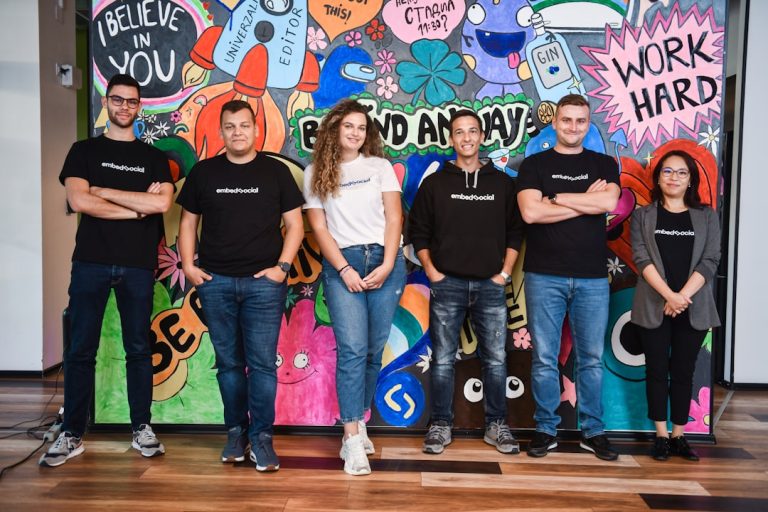Meta Description: Discover how the Seed Enterprise Investment Scheme (SEIS) supports UK startups by attracting investors with attractive tax incentives. Learn about SEIS eligibility criteria and benefits for new entrepreneurs.
Introduction
Launching a startup in the UK comes with its set of challenges, with securing adequate funding often standing out as the most daunting. The Seed Enterprise Investment Scheme (SEIS) is designed to bridge this gap by providing early-stage businesses with the necessary capital through attractive tax incentives for investors. This comprehensive guide delves into the SEIS eligibility criteria, benefits, and the application process, empowering UK startups to leverage this valuable scheme effectively.
What is the Seed Enterprise Investment Scheme (SEIS)?
The Seed Enterprise Investment Scheme (SEIS) is a government-backed initiative aimed at fostering the growth of small, early-stage companies in the UK. Introduced in 2012, SEIS offers significant tax reliefs to individual investors who purchase shares in qualifying startups. By doing so, SEIS not only makes it easier for startups to attract vital investment but also mitigates the financial risks for investors, creating a mutually beneficial ecosystem for innovation and growth.
SEIS Eligibility Criteria
Understanding the SEIS eligibility criteria is crucial for startups aiming to benefit from this scheme. Here are the key requirements:
For Companies
- Age of the Business: The company must be trading for less than three years.
- Qualifying Trade: The business must operate within a qualifying trade, excluding sectors like property development, financial services, and others as defined by HMRC.
- UK Establishment: The company must be established in the United Kingdom.
- Investment Limits: A company can raise a maximum of £250,000 through SEIS.
- Previous Investments: The company should not have received investment through other venture capital schemes like EIS or from a venture capital trust.
- Employee Count and Assets: It must have fewer than 25 full-time employees and gross assets not exceeding £200,000 at the time of the SEIS share issue.
- Use of Funds: Invested funds must be used for a qualifying business activity within three years of the investment.
For Investors
- Taxable Income: Investors must have UK taxable income.
- Non-Employment: Investors cannot be employees of the company, although directors can be paid.
- Ownership Limit: Investors cannot own more than 30% of the company’s shares within three years of the initial investment.
- Investment Limit: Individuals can invest up to £200,000 per tax year in SEIS-eligible companies.
- Purpose of Investment: The investment cannot be solely for tax avoidance purposes.
Benefits of SEIS for Startups and Investors
For Startups
- Access to Capital: SEIS allows startups to raise up to £250,000, providing essential seed capital for growth.
- Investor Attraction: The tax incentives make investing in your startup more appealing, increasing the likelihood of securing funding.
- Flexibility in Use of Funds: Raised funds can be utilized to repay third-party loans, offering financial flexibility.
For Investors
- Tax Relief: Investors can claim up to 50% income tax relief on their investment.
- Capital Gains Tax (CGT) Exemptions: No CGT on profits from SEIS shares held for at least three years.
- Loss Relief: In case of business failure, investors can offset losses against their income tax.
- Inheritance Tax Benefits: SEIS shares can be excluded from inheritance tax if held for over two years.
How SEIS Works
The SEIS operates by providing tax incentives to individual investors who purchase shares in qualifying startups. Here’s a simplified overview of the process:
- Advance Assurance: Startups apply for Advance Assurance from HMRC to confirm eligibility.
- Investment: Once assured, startups can approach investors who will receive SEIS tax relief upon investing.
- Use of Funds: The invested capital is utilized for business growth, innovation, or other qualifying activities.
- Tax Claims: Investors claim their tax reliefs through self-assessment tax returns.
This streamlined process not only facilitates easier access to capital for startups but also ensures that investors have the necessary assurances regarding the eligibility and potential benefits of their investments.
SEIS vs. EIS
While both SEIS and the Enterprise Investment Scheme (EIS) aim to support UK businesses through investor incentives, there are distinct differences:
| Feature | SEIS | EIS |
|---|---|---|
| Company Age | Less than 3 years | Less than 7 years (10 for KIC) |
| Investment Limit | £250,000 | £12 million (£20 million for KIC) |
| Tax Relief | 50% income tax relief | 30% income tax relief |
| Employee Limit | Fewer than 25 | Fewer than 250 (500 for KIC) |
| Asset Limit | £200,000 | £15 million |
| Corporate Investors | No | Yes, but no tax relief |
| Use of Funds | Within 3 years | Within 2 years |
SEIS is tailored for very early-stage companies, offering higher tax relief but with lower investment limits. In contrast, EIS supports slightly more mature businesses with larger funding needs and lower tax incentives.
How to Apply for SEIS
Applying for SEIS involves several steps to ensure compliance with HMRC regulations:
- Prepare Documentation: Develop a comprehensive business plan, financial forecasts, and other required documents.
- Submit SEIS Application: Apply for Advance Assurance through HMRC, providing all necessary information about the company and its planned use of funds.
- Await HMRC Response: The approval process can take up to eight weeks. If granted, HMRC will issue a statement confirming the company’s likely eligibility for SEIS.
- Seek Investment: Use the Advance Assurance statement to attract investors who can then invest knowing they qualify for SEIS tax relief.
- Compliance: Ensure that the invested funds are used as per SEIS guidelines within the stipulated timeframe.
Professional advisory services, like those offered by Oriel IPO, can streamline this process, ensuring that startups meet all criteria and present their case effectively to potential investors.
Conclusion
The Seed Enterprise Investment Scheme (SEIS) is a powerful tool for UK startups seeking to secure early-stage funding while offering substantial tax incentives to investors. By understanding and meeting the SEIS eligibility criteria, startups can unlock significant capital investment opportunities that drive growth and innovation. Investors, on the other hand, benefit from attractive tax reliefs, making SEIS an appealing avenue for supporting the next generation of UK businesses.
Ready to take the next step in securing SEIS-funded investment for your startup? Visit Oriel IPO today and connect with a community of investors eager to support your business journey.



